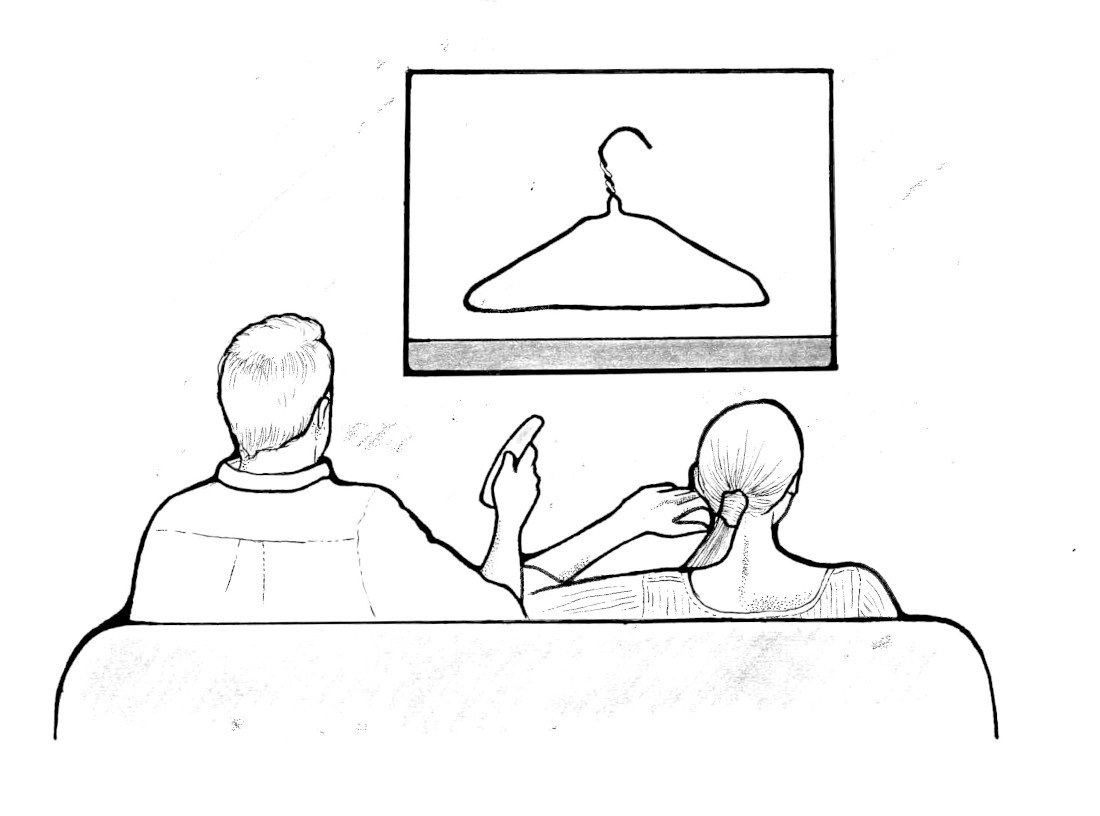Abortion (mis)representation
Has anything changed since Dirty Dancing?
I didn’t know what happened, except that “the guy had a dirty knife and a folding table.” As Penny, Cynthia Rhodes’ Dirty Dancing character, sweated through her bedsheets and struggled to breathe, my middleschool-aged brain considered a miscarriage, a botched caesarean.
I understood at least the basic mechanics of pregnancy and birth. But the film’s message surrounding abortion likely would have been lost on me then, even if I had heard of the procedure.
“It’s an iconic movie that happens to be about abortion – specifically access to safe abortions,” Kaitlin Menza wrote for Harper’s Bazaar in 2017.
“Not only did the film portray a character choosing an abortion, but it got gruesome about the reality of such a procedure in 1963, when the film is set. That dirty knife wrecks the woman’s body, leaving her unable to work or even talk very much. She needs money, she needs a doctor, she needs someone to pick up her shifts at work so she won’t lose her job. Abortion is the movie’s McGuffin.”
For many people, myself included, Dirty Dancing was “our first exposure to abortion in general, but also specifically the cost of not having access to safe, legal abortion care,” a National Abortion Federation news release explains.
I’ve rarely seen abortions portrayed – in any form – since. Researchers at Abortion Oscreen noted 60 mentions of or plotlines surrounding abortion in movies and TV episodes in 2022 – the highest number of any year they’ve studied.
That total sounds both shockingly impressive and underwhelming, especially since approximately one in four people who can become pregnant will have an abortion during their lifetime.
“Rather than normalize abortion, the increased visibility of abortion on television and in film has in many cases contributed to stigma and misinformation,” Abortion Onscreen researcher Steph Herold explains in a New York Times opinion piece.
The organization’s 2022 report found that “abortion patients on television continue to misrepresent abortion patients demographically, especially when it comes to who faces barriers to care.” TV shows have historically chosen “to tell the stories of characters who are whiter and wealthier than their real-life counterparts,” a trend Abortion Onscreen saw continue in 2022.
Pop-culture mentions also routinely misrepresent how abortions happen. Medication abortions account for about half of all abortions in the United States but only occurred in four of the 60 instances Abortion Onscreen tracked.
“The effort to control abortion has also had the effect of suppressing the stories we tell about it,” critic Amanda Hess wrote in 2022. “It is striking how often abortion has been obscured in films, presented as a quickly discarded option (as in Juno) or averted with a spontaneous miscarriage (Citizen Ruth) or deployed to facilitate another character’s arc (Dirty Dancing) or completely euphemized (Knocked Up, where it is referred to only as ‘rhymes with smashmorshion’).”
I may not have been ready to learn about abortions – especially botched, illegal ones – when I first saw Dirty Dancing, but as an adult who just lived through what Abortion Onscreen calls “the most catastrophic year for abortion access in recent memory,” I deserve better storylines. We all do.
A former sports broadcaster, Danielle Doiron is now a writer, editor and educator. Find them in Winnipeg, Philadelphia and, occasionally, on the airwaves.
Published in Volume 77, Number 14 of The Uniter (January 12, 2023)








